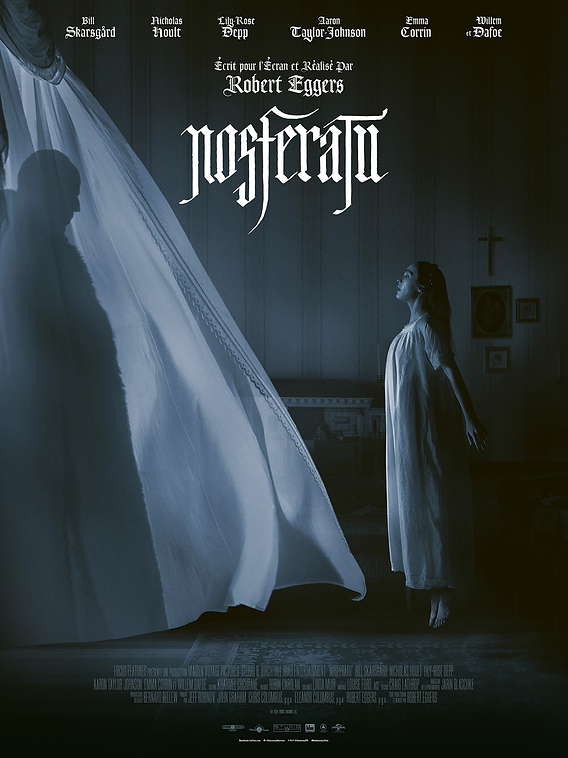Artistic Freedom on Display in West Philly

October 31, 2022
“Art puts you into a state of total artistic freedom,all you have to do is let it take you there.”
Viorel Farces spent most of his life following his passion and pursuing art in communist Romania. Dedicated to his craft from a young age, he would finish school and take all his supplies to his mentor’s house, where he would learn these subtle methods to unlock his own artistic creativity.
While he was living in Romania, he made a sculpture that was placed near the Danube Canal, depicting a human being crushed by two slabs of stone, where his head was coming out one way and his legs the other. This sculpture was meant to memorialize the hundreds of people who died building the canal after Nicole Ceauchescu ordered that prisoners of the state be forced into manual labor to build the canal. The secret service considered this to be an act of enmity to the people, and all of his sculptures were then torn to pieces. Viorel became very determined to leave Romania after this, and looked towards America as a place where he could relish in his artistic freedom.
After four years of trying to apply and secure his American citizenship so he, his wife Miki, and his five year old son Tudor, could pursue their interpretation of the American dream, they made it to Philadelphia. Despite his indisputable talents, Viorel felt as if his art was not for him to share, it was a passion of his that had to be specially reserved, only to be experienced by his family and closest friends.
His decision to not sell his works led to him looking for different avenues for revenue, so they could
ultimately buy their first and only house in Philadelphia. Viorel managed to teach himself how to fix other people’s homes, and after much hard work, they had enough money to apply for a balloon mortgage and buy a house in West Philadelphia that had been previously struck by lightning and was in desperate need of repairs. Viorel fixed the house very nicely and he and his wife worked day and night for five years. She would go to work during the day, teaching English to refugees, and at night the two would work on the house till twelve or one in the morning. The two were, and still are, fervent art collectors. The art they collected over the years, paired with Viorel’s magnificent sculptures transformed the house into their own personal museum. After rebuilding the house according to the rules of the neighborhood, it was established as a historic preservation site because of the way it was restored.
His sculptures tell beautiful stories of form and balance, transfiguring the human spirit in so many expressive ways. What makes these works so special is their connection to the artist and his story. Even though a majority of the world does not get to experience his works, they are greatly enjoyed and valued by the friends and family who do get exposure to them.






